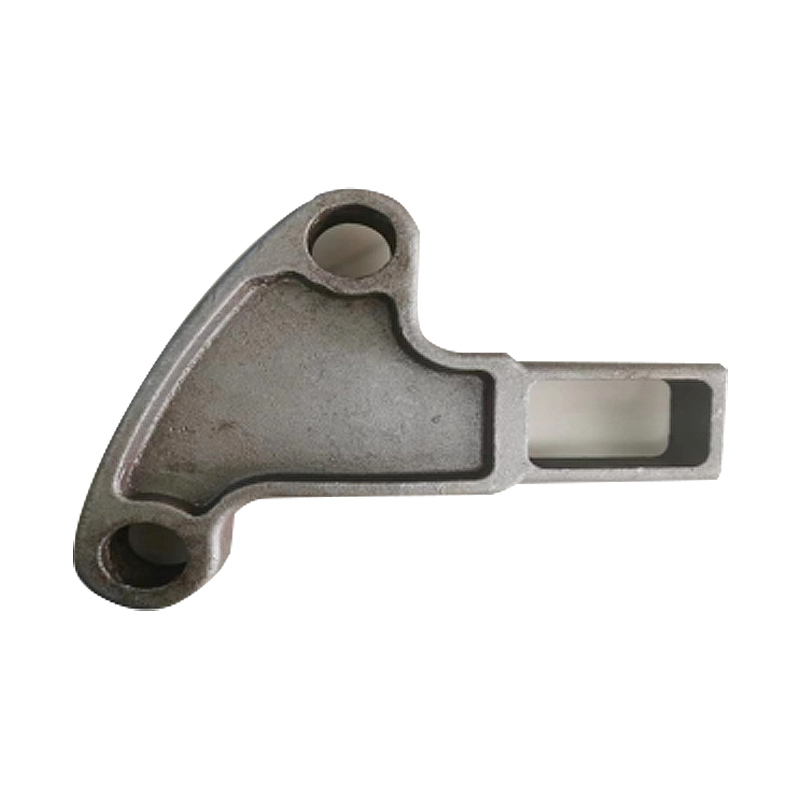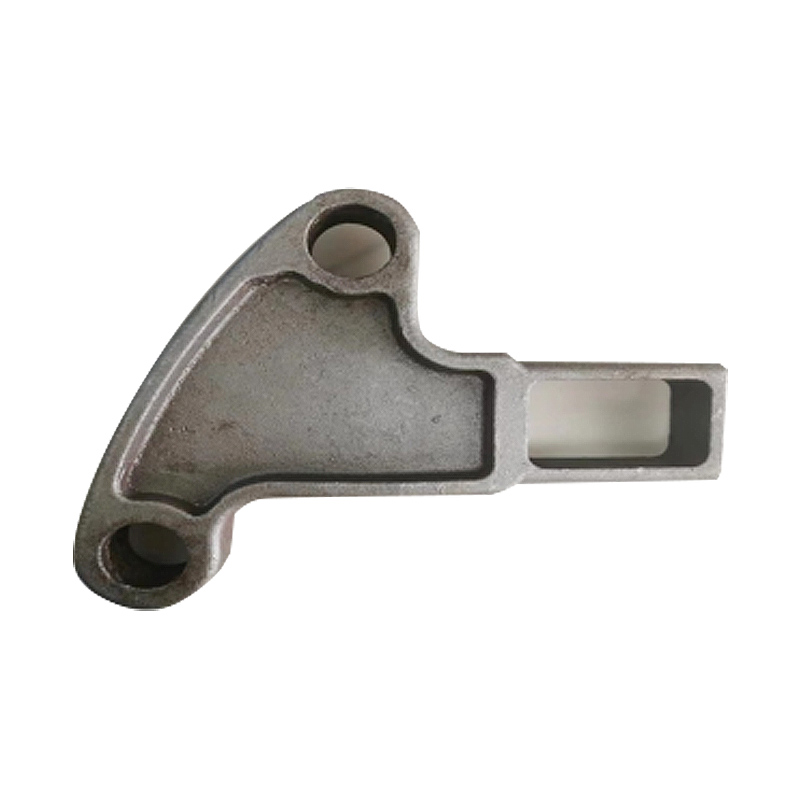

Die cast aluminum components are metal parts produced through a die casting process that involves injecting molten aluminum alloy into a steel mold under high pressure. This process results in components with precise dimensions, intricate details, and a smooth surface finish. Die cast aluminum components are highly valued in multiple industries due to their combination of strength, durability, and lightweight design.

The die casting process for aluminum components is characterized by several key features that contribute to its efficiency and the quality of the final product:
High Pressure Injection:
The molten aluminum alloy is injected into the mold under pressure ranging from 10 to 175 MPa.
This high-pressure injection ensures that the metal fills the mold cavity completely, even in complex and thin-walled sections.
Rapid Solidification:
The mold is typically cooled to facilitate rapid solidification of the molten metal.
Rapid solidification helps to achieve fine grain structure, which enhances the mechanical properties of the cast components.
Precision and Repeatability:
The die casting process offers high precision and repeatability.
Components produced through die casting can meet strict tolerances, ensuring consistent quality across batches.
Material Efficiency:
The die casting process is material-efficient, with minimal waste.
The high-pressure injection minimizes porosity and other defects, resulting in high-quality components with excellent mechanical properties.
Surface Finish:
Die cast aluminum components can achieve a smooth surface finish.
This makes them suitable for applications where aesthetics are important, such as consumer electronics and automotive parts.
| Name | Precision Die Cast Tailgate Arm |
| Material | ZG35 |
| Process | Water Glass Investment Casting |
| Weight | 4.8 Kg |
| Product Standard | GB/T699-88 |
The die casting process for aluminum components is characterized by several key features that contribute to its efficiency and the quality of the final product:
High Pressure Injection:
The molten aluminum alloy is injected into the mold under pressure ranging from 10 to 175 MPa.
This high-pressure injection ensures that the metal fills the mold cavity completely, even in complex and thin-walled sections.
Rapid Solidification:
The mold is typically cooled to facilitate rapid solidification of the molten metal.
Rapid solidification helps to achieve fine grain structure, which enhances the mechanical properties of the cast components.
Precision and Repeatability:
The die casting process offers high precision and repeatability.
Components produced through die casting can meet strict tolerances, ensuring consistent quality across batches.
Material Efficiency:
The die casting process is material-efficient, with minimal waste.
The high-pressure injection minimizes porosity and other defects, resulting in high-quality components with excellent mechanical properties.
Surface Finish:
Die cast aluminum components can achieve a smooth surface finish.
This makes them suitable for applications where aesthetics are important, such as consumer electronics and automotive parts.
There are two primary methods of die casting aluminum components: hot chamber die casting and cold chamber die casting.
Hot Chamber Die Casting:
In this method, the molten metal is held in a crucible that is integral to the die casting machine.
A plunger is used to inject the molten metal into the mold.
Hot chamber die casting is suitable for low-melting-point metals such as zinc, magnesium, and some aluminum alloys.
Cold Chamber Die Casting:
In cold chamber die casting, the molten metal is poured into a shot sleeve separate from the die casting machine.
A piston then forces the metal into the mold.
Cold chamber die casting is used for higher-melting-point metals, including most aluminum alloys.
Both methods have their advantages and are chosen based on the specific alloy being cast, the component design, and production requirements.
Die cast aluminum components are widely used across various industries due to their combination of strength, lightweight design, and versatility. Some of the key applications include:
Automotive Industry:
Components such as engine blocks, transmission housings, and wheel hubs.
Die cast aluminum components contribute to weight reduction and improved fuel efficiency.
Consumer Electronics:
Cases for smartphones, tablets, and laptops.
Die cast aluminum provides a durable and aesthetically pleasing finish.
Aerospace Industry:
Structural components and housings for electronic equipment.
The lightweight design and high strength-to-weight ratio make die cast aluminum ideal for aerospace applications.
Medical Equipment:
Housings for medical devices and surgical instruments.
Die cast aluminum components offer corrosion resistance and a smooth surface finish.
Lighting Industry:
Heat sinks and housings for LED lights.
The high thermal conductivity of aluminum aids in heat dissipation.
Customizing die cast aluminum components involves several steps to ensure that the final product meets the specific requirements of the application. The customization process typically includes:
Design and Engineering:
Collaboration with customers to understand the design requirements.
Development of detailed engineering drawings and 3D models.
Mold Design and Manufacture:
Creation of a steel mold based on the engineering drawings.
Precision machining of the mold to ensure accurate dimensions and surface finish.
Die Casting Process:
Selection of the appropriate die casting method (hot chamber or cold chamber).
Setting up the die casting machine and adjusting the process parameters.
Post-Processing:
Removal of the cast components from the mold.
Trimming of excess material, deburring, and surface finishing.
Quality Control:
Inspection of the cast components for defects such as porosity, cracks, and inclusions.
Testing for mechanical properties and dimensional accuracy.
Packaging and Shipping:
Packaging of the components to protect them during transit.
Shipping to the customer's location.
Q1. What are the advantages of die cast aluminum components over other casting methods?
A: Die cast aluminum components offer several advantages over other casting methods, including:
Higher precision and repeatability.
Better surface finish and dimensional accuracy.
Material efficiency and reduced waste.
Capability to produce complex shapes and thin-walled components.
Shorter production cycles and higher production rates.
Q2. Can die cast aluminum components be used in high-temperature applications?
A: While die cast aluminum components have excellent mechanical properties at room temperature, their use in high-temperature applications may be limited due to their relatively low melting point and potential for thermal expansion. However, specific aluminum alloys and heat treatment processes can enhance their thermal stability.